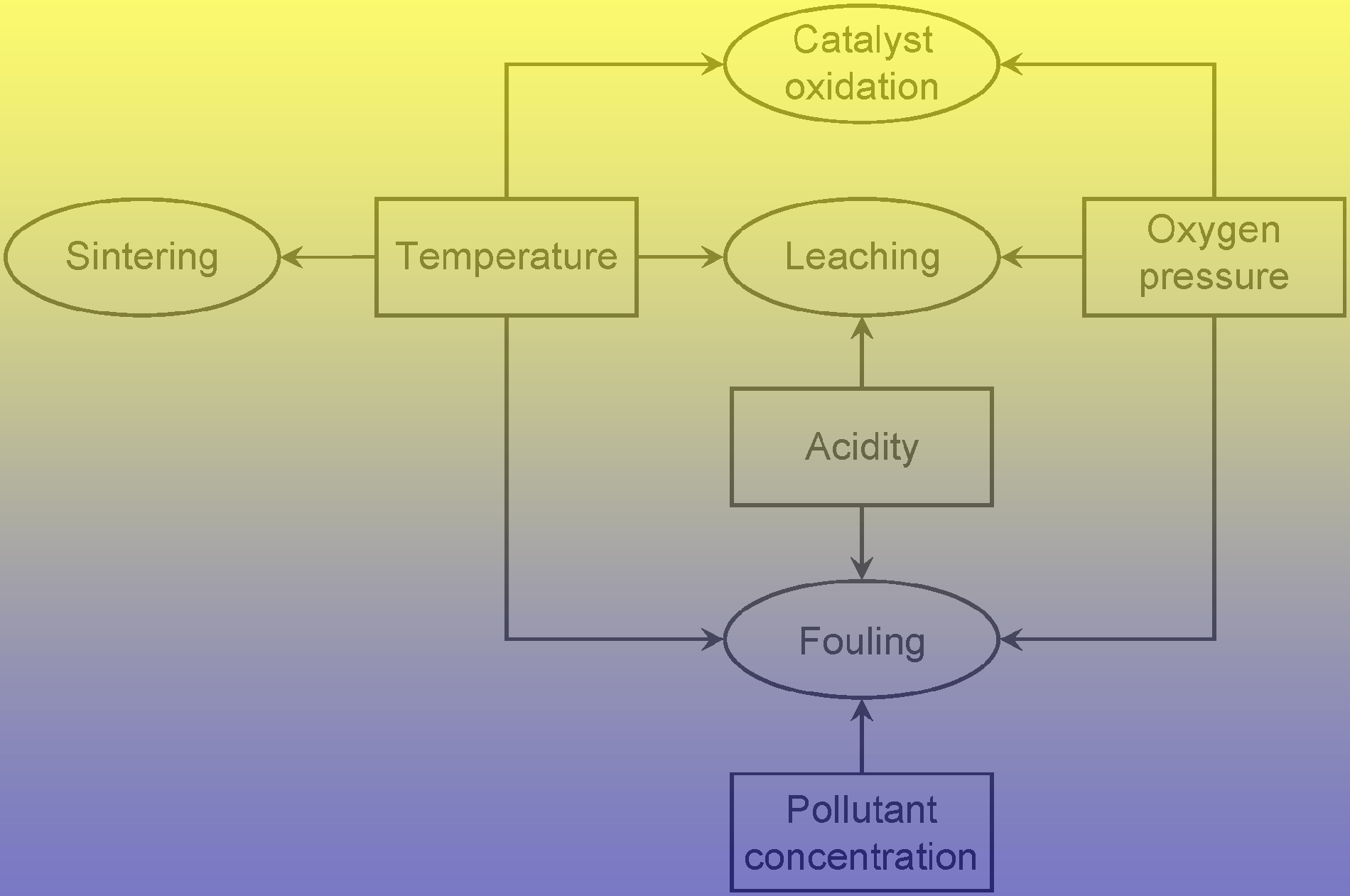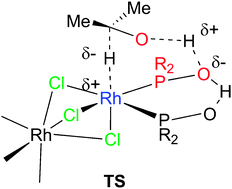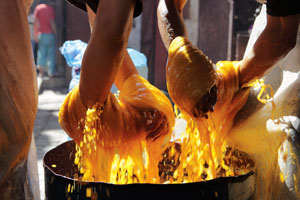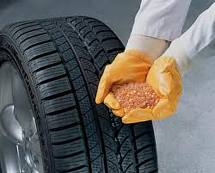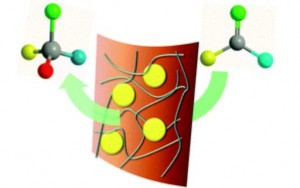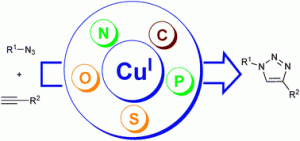With only a few days to go until the online and print publication of the first issue of Catalysis Science & Technology, we today received the advance print copies! Together the 3 Perspective artilces, 4 Communications and 8 Full Papers represent the diverse areas of active research in catalysis.
The three Perspective articles provide insightful commentary on the use superparamagentic nanoparticles for catalysis, the latest developments in hydrodesulfurisation processes and the promise of two-dimensional zeolites for catalysis. As with all articles published in Catalysis Science & Technology this year, online access is free.
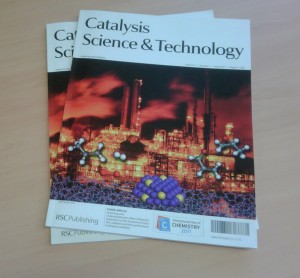
Superparamagnetic nanoparticles for asymmetric catalysis—a perfect match, Kalluri V. S. Ranganath and Frank Glorius
Towards near zero-sulfur liquid fuels: a perspective review, Barbara Pawelec, Rufino M. Navarro, José Miguel Campos-Martin and José L. G. Fierro
Two-dimensional zeolites: dream or reality?, Wieslaw J. Roth and Jiří Čejka
The front cover image features an article by Graham Hutchings, the inside-front cover an article by John Fossey, while the back page features Adriano Zecchina’s article.
Understanding the effect of thermal treatments on the structure of CuAu/SiO2catalysts and their performance in propene oxidation, Charlotte L. Bracey, Albert F. Carley, Jennifer K. Edwards, Peter R. Ellis and Graham J. Hutchings.
Model oxide supported MoS2 HDS catalysts: structure and surface properties, Federico Cesano, Serena Bertarione, Andrea Piovano, Giovanni Agostini, Mohammed Mastabur Rahman, Elena Groppo, Francesca Bonino, Domenica Scarano, Carlo Lamberti, Silvia Bordiga, Luciano Montanari, Lucia Bonoldi, Roberto Millini and Adriano Zecchina
Novel N,O-Cu(OAc)2 complex catalysed diastereo- and enantioselective 1,4-addition of glycine derivatives to alkylidene malonates, Ming Wang, Yu-Hua Shi, Jun-Fei Luo, Wenting Du, Xiao-Xin Shi, John S. Fossey and Wei-Ping Deng
Keep an eye out for the publication of this first issue of the journal, and to be part of Catalysis Science & Technology, submit your articles for publication.
Comments Off on Issue One of Catalysis Science & Technology – a preview
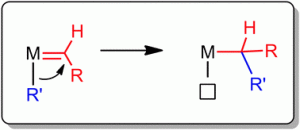 In their Catalysis Science & Technology Perspective article, Bas de Bruin and co-workers discuss how inserting of carbenes into Metal–Carbon bonds is a a new tool for catalytic C–C bond formation.
In their Catalysis Science & Technology Perspective article, Bas de Bruin and co-workers discuss how inserting of carbenes into Metal–Carbon bonds is a a new tool for catalytic C–C bond formation.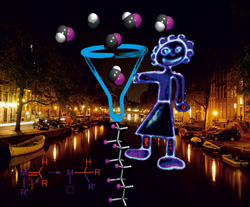 Carbene insertion into transition metal–carbon bonds: a new tool for catalytic C–C bond formation
Carbene insertion into transition metal–carbon bonds: a new tool for catalytic C–C bond formation











